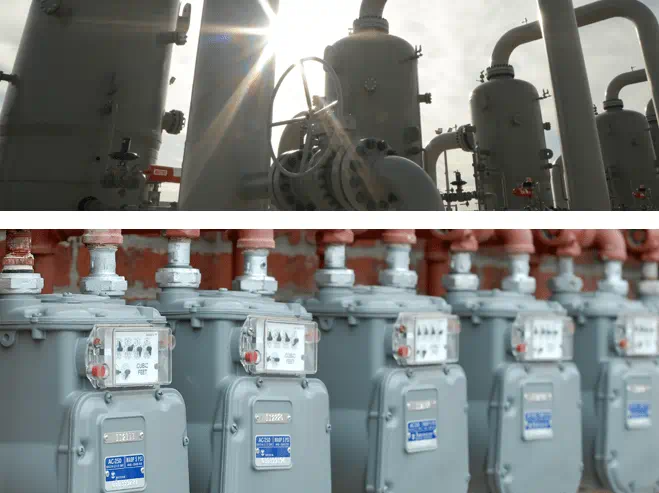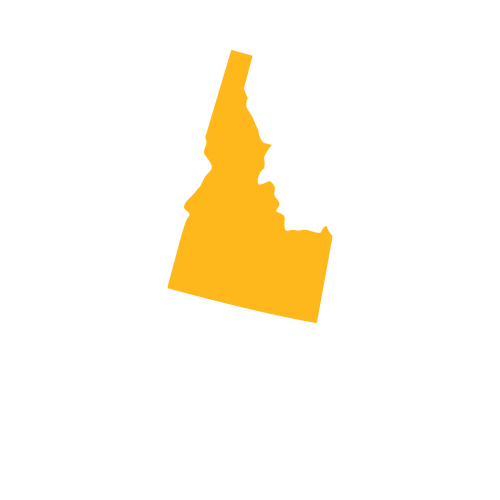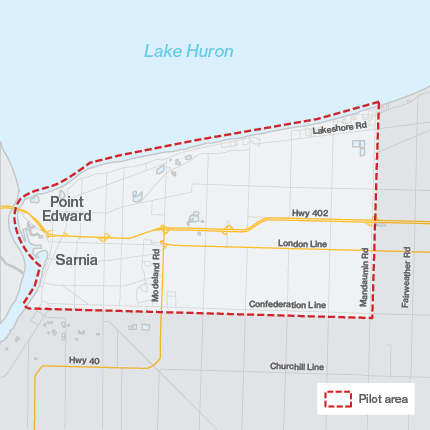Southern Lake Huron Pilot Project
Learn more about the project and the Integrated Resource Planning process below.
About the project
The Ontario Energy Board has approved Enbridge Gas’s proposal to run a pilot project for homes and businesses of Enbridge Gas customers within the City of Sarnia and the Village of Point Edward in the County of Lambton. The pilot aims to better understand the impacts that enhanced targeted energy efficiency (ETEE) and demand response (DR) Integrated Resource Planning alternatives (IRPA) have on reducing the natural gas system’s peak period demand.
Key objectives from this pilot are to:
- Develop an understanding of how to design, deploy and evaluate ETEE and DR programs.
- Gain insight into how ETEE measures and DR programs impact peak period demand.
Participation in the pilot programs will provide us with the data and insight that can inform future system planning.
Enbridge Gas has now launched the pilot under the name Sarnia Saves. For more information, visit the Sarnia Saves residential website and the commercial website. You can also send an email to sarniasaves@enbridge.com with any questions or feedback.
The Southern Lake Huron Integrated Resource Planning (IRP) pilot project area is unique in that most of the system is already equipped with meter reading technology that allows for data to be collected from customer’ meters, providing feedback on peak hour demand.
Our original application focused on a relatively narrow area that included a portion of City of Sarnia and Plympton-Wyoming, where the pilot area was largely defined by an area impacted by a projected system need. A growth system need is no longer forecasted within Enbridge’s capital plan for this distribution system. The new pilot area has been expanded to target the City of Sarnia, Bright’s Grove and Village of Point Edward with a suite of demand side alternatives.
The updated pilot will include residential and commercial energy efficiency programming (inclusive of residential electrification measures) and demand response programming.
We will use advanced meter reading technology already in place to reduce costs and leverage existing infrastructure to study the impact of these programs.
Why we're doing it?
The pilot's purpose is to test and better understand the impacts that enhanced targeted energy efficiency (ETEE) and demand response have on reducing the natural gas system’s peak period demand and how to best design and deploy ETEE and demand response programs.
How will this impact me?
The pilot project has been designed to have no impact for the targeted communities other than the ability for customers to participate in the programs. Automated meter reading (AMR) technology is already installed on the majority of customer meters, which allows Enbridge Gas to collect hourly usage data. This will help us better understand how enhanced energy efficiency and demand response programs impact peak natural gas demand.
Collecting hourly data from meters equipped with AMR technology will not disrupt your service, nor will there be any additional charges on your bill.
What are the benefits?
The learnings from this pilot project are expected to support Enbridge's Ontario-wide system planning.
The pilot, similar to existing DSM programs, will give participating customers access to improve energy-efficiency and home comfort.
Regulatory updates
The Ontario Energy Board has approved the pilot project, and the decision on the pilot and its associated costs is now available.
What is IRP?
Integrated Resource Planning (IRP) is a natural gas planning strategy and process1. Through the IRP process, we forecast what energy demand will look like, determine whether a traditional pipe project or an alternative will meet the energy need, and then lay out a roadmap for how we’ll manage it. As part of this process, we gather input and feedback from communities on what matters most.
Non-pipeline alternatives can include:
- Demand side alternative:
- Lowering or shifting energy use through energy efficiency programs such as ETEE programs or demand response (DR) programs.
- Supply side alternative:
- Delivering more energy without adding new pipeline using compressed natural gas (CNG) or liquified natural gas (LNG).
- Adding supply through upstream deliveries.
Alternatives can be implemented individually or in combination to meet the system need cost effectively and within the required timeframe.
1 IRP Framework was published by the OEB on July 22, 2021.

Contact us
Please send an email to sarniasaves@enbridge.com with any questions or feedback.









